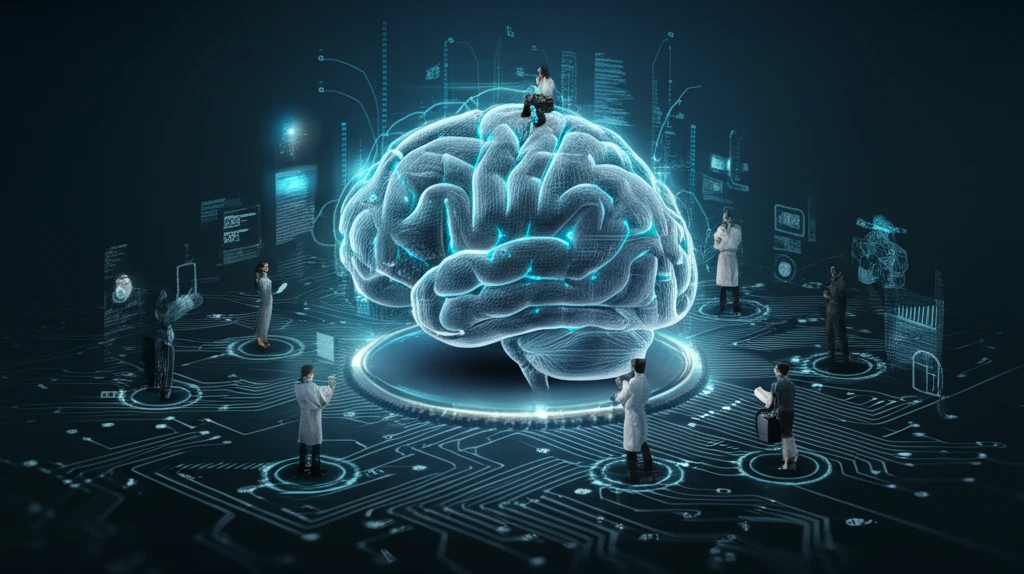
Can AI Actually Understand Us? How Language Models are Rewriting Social Science
"From simulating negotiations to predicting auction outcomes, AI language models are being used to automate and revolutionize the study of social interactions, but can they truly replicate human understanding?"
For decades, social scientists have relied on traditional methods to study human behavior, often constrained by the time-consuming and resource-intensive nature of experiments and data collection. But what if we could automate the process of generating and testing social scientific hypotheses? Recent advances in artificial intelligence, specifically in large language models (LLMs), are making this a reality, opening up exciting new avenues for understanding human interaction.
A groundbreaking new approach uses LLMs, not just as tools for data analysis, but as active participants in simulated social scenarios. Imagine AI-powered agents negotiating deals, attending bail hearings, or even participating in auctions. By using 'structural causal models,' researchers can design these simulations to automatically generate hypotheses, run experiments, and analyze results, all within a digital environment.
This approach presents a radical shift in how social science research is conducted. But the key question remains: can these AI simulations truly replicate the nuances of human behavior, or are they simply generating sophisticated, but ultimately hollow, imitations? This article dives into the promise and potential pitfalls of automated social science, exploring whether AI can genuinely understand us, or if it's just telling us what we want to hear.
Automated Hypothesis Generation: A New Frontier

The core innovation lies in the use of structural causal models (SCMs). These models provide a framework for stating hypotheses in a precise, mathematical language. Think of them as blueprints for constructing AI-based agents and designing experiments. They outline the relationships between different variables, such as a buyer's budget or a seller's emotional attachment to an object, and how these factors might influence an outcome, like whether a deal is made.
- Negotiation Simulations: Two AI agents bargaining over the price of a mug.
- Bail Hearing Simulations: An AI judge setting bail for a defendant.
- Job Interview Simulations: An AI lawyer interviewing for a job.
- Auction Simulations: AI bidders competing for a piece of art.
The Future of Social Science: Collaboration Between Humans and AI
Automated social science is not meant to replace traditional research methods. Instead, it offers a powerful new tool for generating hypotheses, exploring complex social dynamics, and accelerating the pace of discovery. By combining the power of AI with the insights of human researchers, we can gain a deeper and more comprehensive understanding of ourselves and the world around us. The key is not to see AI as a replacement for human intellect, but as a partner in the pursuit of knowledge.
